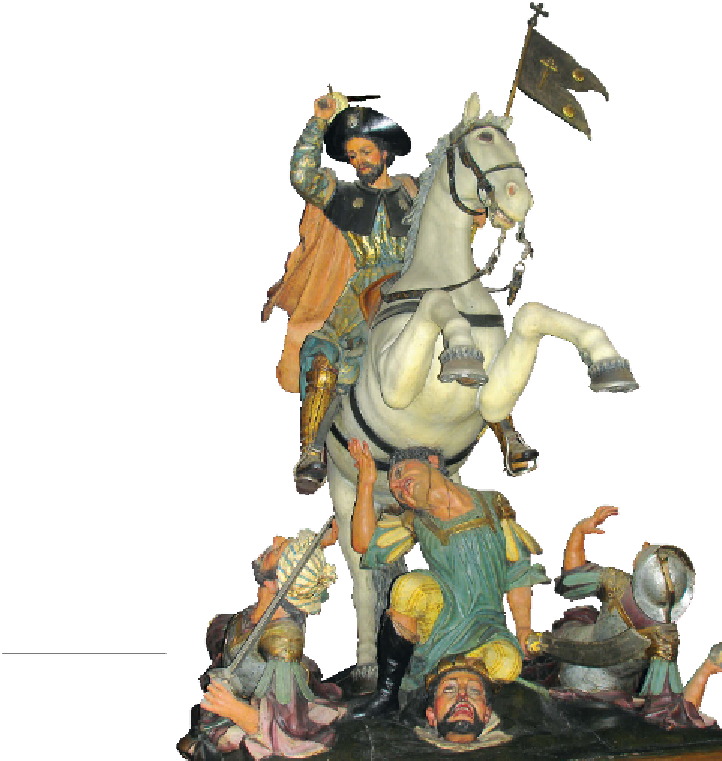Travel Reference
In-Depth Information
and bad guys, as often presented to us by politicians and the media. Travel,
along with a sense of history, helps us better understand its full complexity.
News in modern times is history in the making, and travelers can actually
be eyewitnesses to history as it unfolds. I was in Berlin in 1999, just as their
renovated parliament building re-opened to the public. For a generation, this
historic Reichstag building—upon whose rooftop some of the last i ghting
of World War II occurred—was a bombed-out and blackened hulk, over-
looking the no-man's-land between East and West Berlin. After unii cation,
Germany's government returned from Bonn to Berlin. And, in good European
style, the Germans didn't bulldoze their historic capitol building.
Instead, recognizing the building's cultural roots, they renovated
it—incorporating modern architectural design, and capping it
with a glorious glass dome.
Germany's old-meets-new
parliament building comes with
powerful architectural symbolism.
It's free to enter, open long hours,
and designed for German citizens
to climb its long spiral ramp to
the very top and literally look
down (through a glass ceil-
ing) over the shoulders of their
legislators to see what's on their
desks. h e Germans, who feel
they've been manipulated by too
many self-serving politicians over
the last century, are determined to
keep a closer eye on their leaders
from now on.
Spiraling slowly up
the ramp to the top of the
dome during that festive
In the 21st century,
“St. James the Moor-
Slayer” still gets a
place of honor in many
Spanish churches.















































































